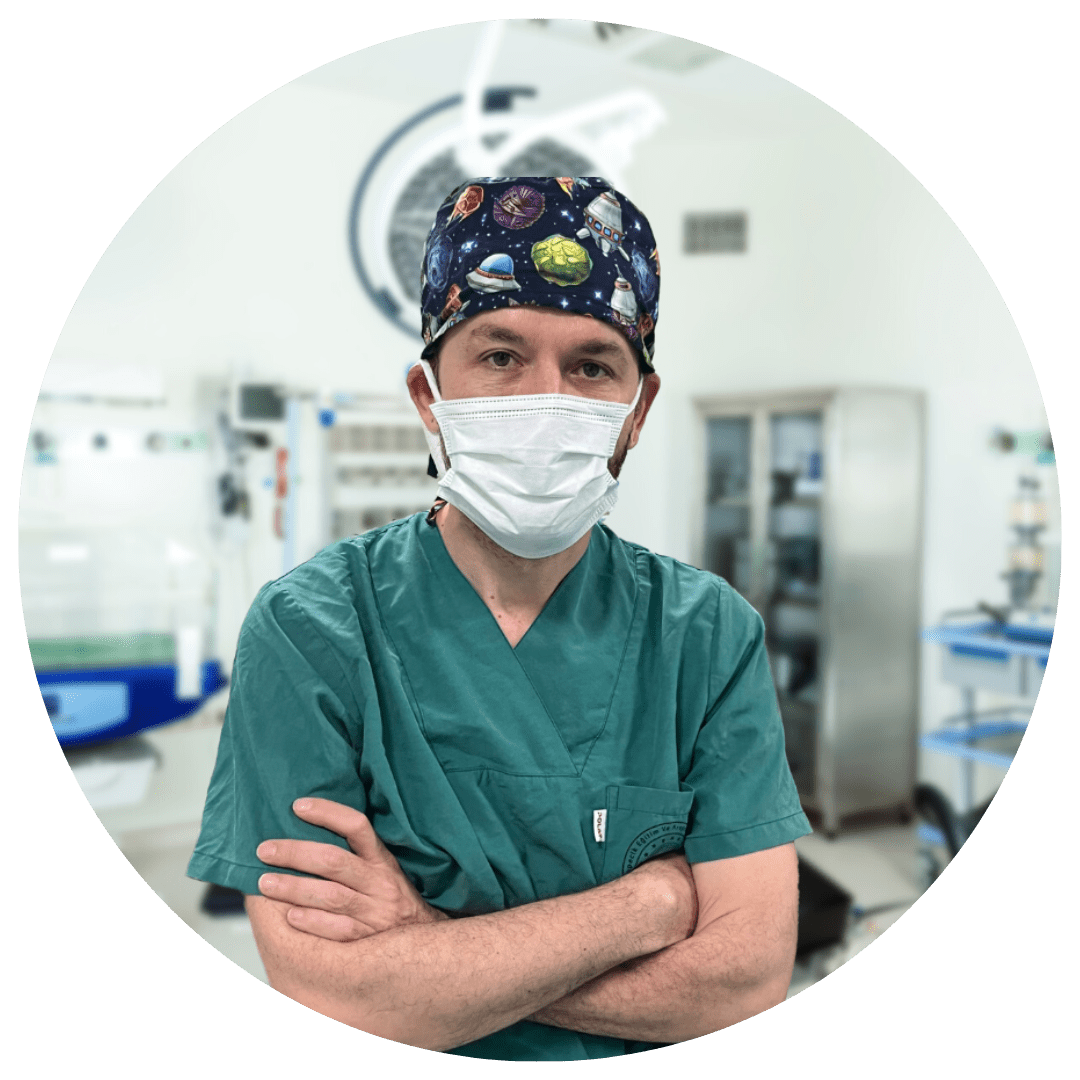- 15 August 2022
- Prof. Dr. Gökhan Koç
- Comment: 0
- Blog
It is a condition in which one or both of the ovaries, that is, the testicles, are not in the bags in boys. It is seen at a very high rate of 33% in babies born at 7 months of age, and at a high rate of 6% in babies born on time, but it completes its descent over time.
It is seen in approximately 1% of 1-year-old male babies. If the child is diagnosed with undescended testicles, the treatment for this is surgery or the path your doctor will follow.
It is observed that, although rare, certain complications develop and occur as a result of certain situations after undescended testicle surgery.
These complications may occur depending on the status of the infection in the surgery area. In order to prevent such situations, it is important to perform the correct surgery and carry out the dressing processes correctly.
However, although it is rare, testicular torsion, that is, rotation of the testicles, may occur. Testicular torsion must be detected early, only in this case it is possible to save the testicles in a healthy way.
The early diagnosis period we mentioned here is 6 to 8 hours. In cases where 24 hours have passed, the probability of recovering the testicles in a healthy state seems very low.
For this reason, it is very important to keep the testicles under constant control during the recovery period after the surgery and to contact the doctor without wasting time in case of otherwise.
Approximately 2 hours after the surgery, the patient eats in accordance with the instructions given by the doctor or nurse. Babies over the age of 2 can be sent home after approximately 4 to 6 hours.
Newborn babies may be hospitalized for exactly 1 day. After the surgery, the patient can only take painkillers in accordance with the doctor’s recommendations, and there is no need to take any additional medication.
The patient is examined by the doctor approximately after 48 to 72 hours, during which time there is no need for dressing, the stitches dissolve on their own and do not need to be removed unless an additional situation occurs.
After the surgery, the patient continues his active life normally, in line with the recommendations received from his doctor.
The possibility of repeating the surgery after undescended testicle surgery is very low. However, in case of damage to the testicular artery or seminal duct that may occur during the surgery, it is of great importance that the surgery be performed by pediatric urology specialists who have received special training and experience in this regard, as it is possible that this event can lead to testicular loss.
Those diagnosed with undescended testicles in childhood can have children. The chance of becoming a father in people who had undescended testicle surgeries in infancy before 18 months is almost at the same level as in people who have not experienced such a problem.
The risk of experiencing and developing testicular cancer in children diagnosed with undescended testicles is much higher than in other men without such problems, this height has been determined to be approximately 7 to 14 times.
For this reason, it is of great importance for men with a history of undescended testicles to have periodic and regular check-ups during adolescence and beyond, and at the same time minimize the possibility of other problems that may arise later on.
Cases with retractile, that is, descending and ascending testicles, do not need medical or surgical treatment, but they should be kept under close follow-up until adolescence and the necessary precautions and follow-ups should be taken carefully.

Prof. Dr. Gökhan Koç graduated from Gazi University Faculty of Medicine in 2000. After his graduation, he worked as a research assistant in the urology clinic at Tepecik Training and Research Hospital for 5 years and became a specialist doctor in 2007. He currently provides services in urological surgery in İzmir.




